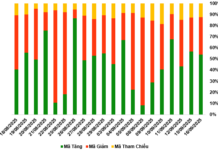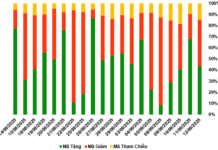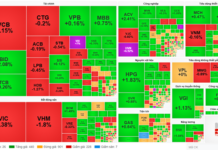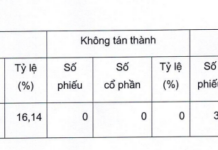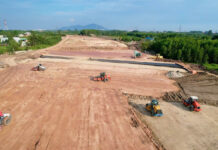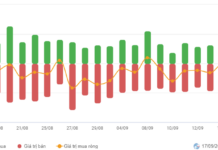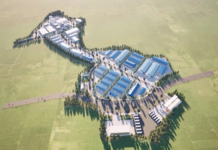Create a favorable and equitable environment for construction investment
The general goal by 2030 is to strengthen the completion of the institutional system, management tools, ensuring completeness, consistency, uniformity, modernity, integration, creating a favorable, equal, and transparent environment for entities participating in construction investment activities; implementing effective laws in the fields of Construction.
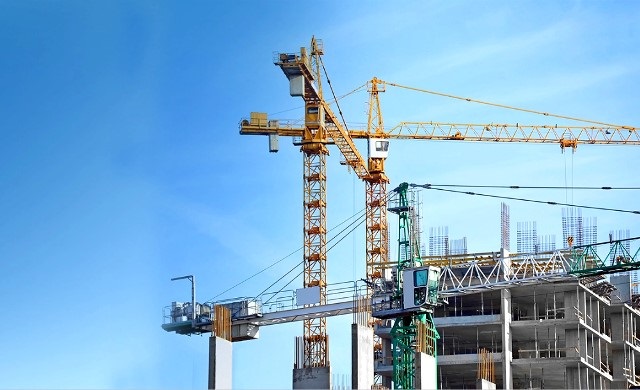 The Construction industry will develop in a modern direction.
|
Enhance the capacity of the Construction industry to undertake all stages of management, design, procurement, and construction of modern, complex, large-scale projects and gradually compete, expand market activities abroad. Develop the construction materials industry towards energy and resource-saving, environmentally friendly, high-tech content, meeting domestic needs, enhancing the export of high-quality construction materials, and developing new construction materials. Apply technology in the management of construction investment, design, construction, and quality management of projects.
Speed up the pace and improve the quality of urbanization and urban economics. Develop mechanisms and policies to promote the development of a harmonious urban system that is suitable for the potential and advantages of each region and locality; vigorously develop satellite towns of major cities, especially Hanoi and Ho Chi Minh City. Basically complete the institutional system, mechanisms, policies, management tools; build a model of urban government linked with efficient urban governance, enhance competitiveness and gradually improve the quality of urban development in terms of economy, society, infrastructure, architecture, housing, and living quality of residents.
Improving the quality of construction planning
At the same time, innovation and improvement of the quality of construction planning; Building a modern, sustainable, rich, and timely architectural system that meets the requirements of cultural development. Develop long-term vision for urban areas; form a number of smart city chains in key economic areas of the North, South, and Central regions; gradually connect with the smart urban network in the region and the world; build low-carbon cities, reduce greenhouse gas emissions, green-oriented cities, with identity, pioneering, and leading in innovative activities, becoming a driving force for development.
Additionally, contribute to the basic completion of the framework technical infrastructure system of central cities nationwide and synchronized and modern regions, and capable of serving. Strengthen the capacity of infrastructure systems to cope with climate change. Gradually develop underground space in major cities. Increase connectivity between cities in the country and the region; link urban and rural development.
Establish a transparent mechanism for real estate valuation based on the market mechanism. Solve basic requirements for housing for urban residents, expand types of housing; have policies to support the development of social housing.
Sustainable and healthy real estate market
By 2045, the Construction industry will ensure the ability to design, construct modern and complex construction projects in all fields with all scales and the ability to compete and expand market activities abroad. Develop the construction materials industry to a modern industrial level. The urbanization rate belongs to the medium-high group of ASEAN and Asia. Interconnected urban system forming a synchronous, uniform, balanced network between regions, regions, which have the ability to resist, adapt to climate change, disaster prevention, disease prevention, environmental protection, rich and iconic architecture, green, modern, and smart. The technical infrastructure system of urban areas is developed synchronously to meet the needs and speed of urban development. Develop housing to meet the demand for new construction and renovation of housing for residents; develop a sustainable, healthy, and transparent real estate market.
In which, the field of construction planning and architecture is comprehensively innovative in methods, processes, content, and planning products in the direction of architectural planning must have a multidisciplinary approach, covering long-term, comprehensive, strategic vision, respecting the laws of the market and principles of sustainable development; ensuring the hierarchy, continuity, uniformity, completeness, integration of the planning system, closely linked to rural planning; clearly delineating the areas in the urban planning content and applying development control tools according to the plan and plan; attach urban planning to the resource implementation.
Organize urban planning, construction, and development, urban, regional development, especially technical infrastructure planning, urban social infrastructure, public areas, urban space use management planning, underground space and urban underground works system suitable for defense and security.
Implement policies to decompress, relieve for large cities
Urban development sector: Synchronize policies to decompress, relieve for large cities, move people to surrounding cities that have fully developed cultural facilities, technical infrastructure, social infrastructure; concentrate on promoting infrastructure systems and services in satellite towns, urban model under the city, ensuring that cities play a role as a center of economic and social development, science and technology, education and training, innovation and entrepreneurship of localities, regions, and the whole country. Prioritize the development of small towns (type V) and suburban areas to support rural development through urban-rural links. Control low-density urban development in type II cities and above; focus on developing urban depth and improving the living environment of people.
Urban technical infrastructure sector: Invest in developing regional, interregional technical infrastructure system; complete the legal framework for urban technical infrastructure management; carry out investment in construction of key infrastructure structures in large cities, focusing on urban transportation, water supply, drainage, and urban wastewater treatment.
Create favorable conditions for households to build and renovate suitable housing
Housing sector: Effectively implement the National Housing Development Strategy until 2030, with a vision towards 2045. Innovate the management and development model of social housing, especially housing for workers in industrial zones. Reform administrative procedures, create favorable conditions for households and individuals to build, renovate housing in accordance with urban planning and urban architectural management regulations. Manage and closely monitor the development of high-rise housing in the central areas of major cities. Research and issue mechanisms, policies on housing construction investment for industrial zone workers with a priority to arrange sufficient land funds for developing housing for workers and other facilities in industrial zones.
Real estate market management sector: Efficiently exploit and use real estate, especially land real estate, maximize resources from land, houses, and structures on land to serve economic-social development objectives and industrialization, modernization of the country. Develop diverse types of real estate to meet the needs of economic-social development, ensuring the balance of supply and demand in each segment, each locality, and in each period…

